

The workshop activities will be challenging for many of the attendees. But advice and instructions will be provided. You will not be expected to know how to solder a transistor; or how programme a robot! Most of those taking part in the workshops enjoy the opportunity to do something that they have not done before. See below for examples of workshops that we can deliver:
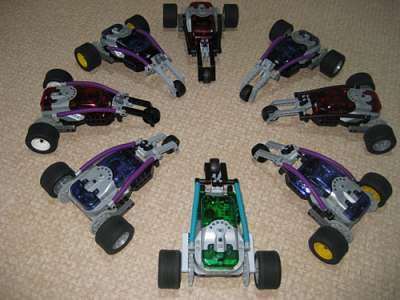
This workshop involves building a small Lego robotic vehicle and then programming it to move around the room and use a bump detector to sense its environment. These little robots can also play simple tunes, have built-in sound effects and also have LEDs fitted. The software provides access to control these features. The programs are written on a laptop PC and then downloaded onto the robot. The programming software is a “C like” language with built in robotic control statements. Example programs are first given to the students to type in and download; then the students are challenged to further develop these programs themselves.
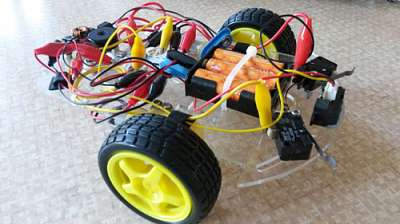
The “Crumble” is a small microcontroller board, very similar to the BBC Micro:bit board with a number of inputs and outputs. The Crumble software is drag and drop graphical design language, based on the Scratch educational software developed by MIT (Massachusetts Institute of Technology). The Crumble is able to drive two DC motors and so is perfect for driving a Robot chassis. Crumbles offer a great way for younger students (9+) to learn the basics of programming and robotics. And with their dual bump sensors, Infra-Red distance sensors, LEDs and Piezo speakers the robots are also perfect for older students to learn about more advanced sensors (both analogue and digital) and how to control them.
Below is a video from "That's TV" that features a Crumble Programming workshop run at Guildford Library:
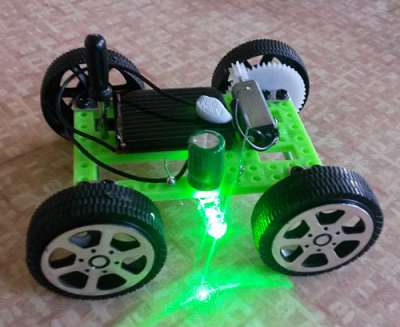
This activity involves building a small electric car that may be powered either from the sun via its solar panel or by a supercapacitor which may be charged up via a battery pack or by a handheld dynamo generator. A switch on the car selects between the dual power sources. This activity involves carefully following instructions to build the chassis and then using a soldering station to connect up the electric components that drive the car. Students love the final Supercar product which looks cool with a glowing LED, runs very fast and which they can take home with them.
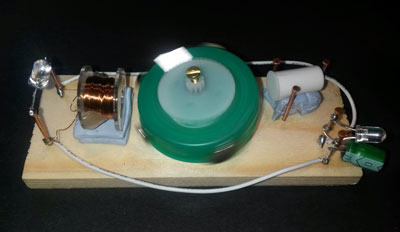
The Bottle Top Motor is built from scratch by the students. The motor rotor is made from a plastic milk bottle top on to which are glued four small magnets. A specially wound magnetic coil is used to propel the rotor around. As with the Supercar above, this motor is powered from a supercapacitor which is like a small rechargeable battery that can be charged up very quickly and thousands of times. The activity involves hammering copper nails into the wooden base and then using the nails as electrical terminals onto which are soldered the electrical components that make up the motor. The students take home their motors at the end of the session.
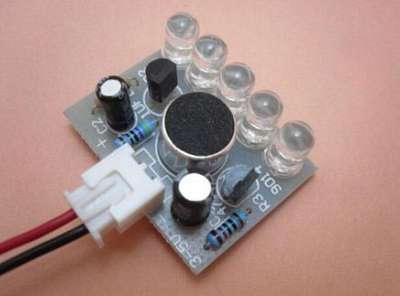
This activity involves building a small sound to light electronic circuit. The students first build the circuit using a small plug in breadboard. Once they have got the circuit working and developed a basic understanding of its operation they build the same circuit again but this time with a small PCB and a kit of components which they fit to the board using a soldering station. The final product can be turned into a high-tech flashing badge which they can wear home!
Come and make an LED Christmas Lantern powered by a battery from a used disposable Vape. The lantern will only come on once it gets dark and when the battery goes flat you will be able to recharge it using the charger provided. You will assemble a small electronic circuit that controls the LED. This will involve using a soldering iron and instruction on how to solder will be given.
Time : 10:30 to 12:00
Cost: £6.00
Click Here to Book